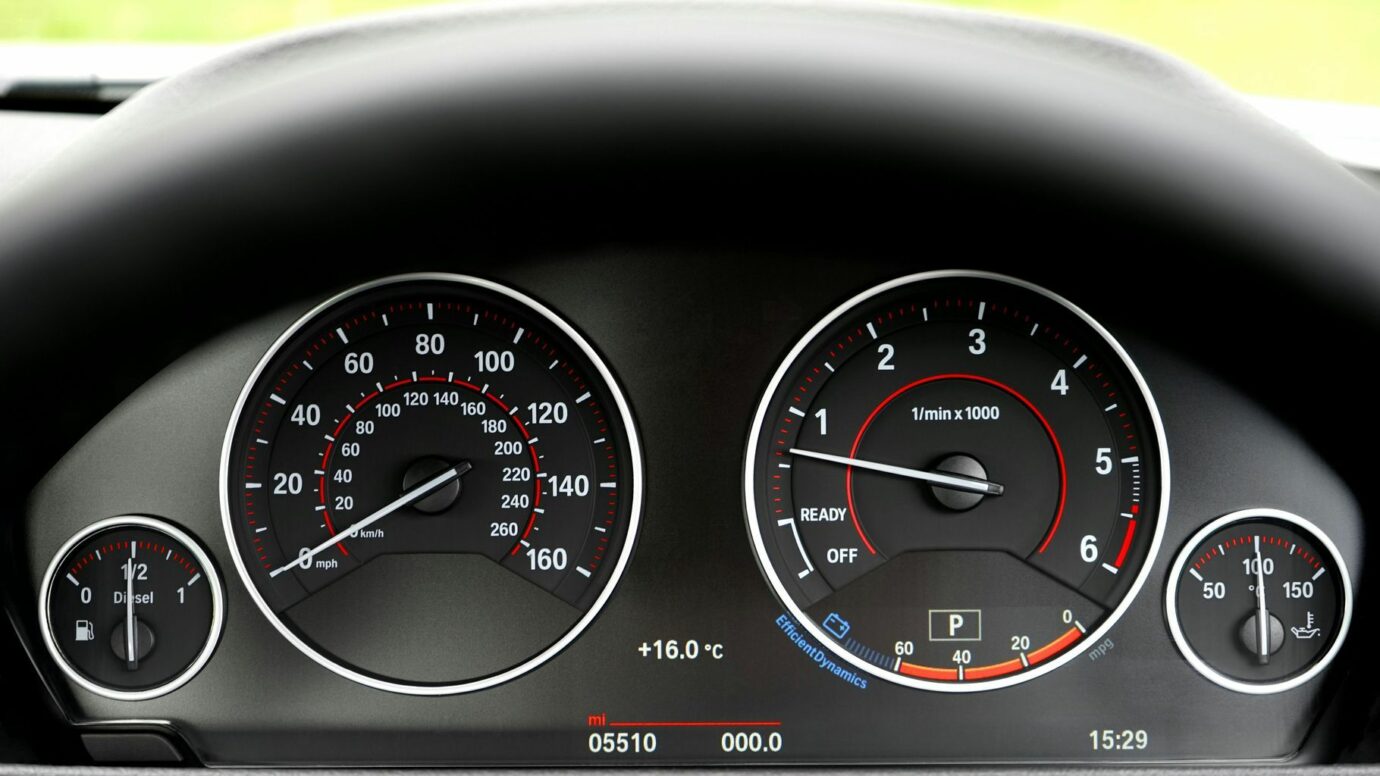How to Display KPIs and Performance Metrics Company-Wide Using SharePoint and Digital Signage
Displaying important performance data helps everyone in a company understand progress and align with goals. SharePoint and digital signage make it easier to share Key Performance Indicators (KPIs) across teams. This article provides a step-by-step guide to creating status indicators that clearly show whether goals are being met, using colors and icons. You’ll learn how to establish a simple yet effective overview of company performance, ensuring alignment with objectives.
Understanding Key Performance Indicators (KPIs)
KPIs are critical for tracking progress towards organizational goals. Project managers select indicators based on relevance to objectives, availability of data sources, and visibility across project sites. SharePoint’s status indicators, found within a status list, display metrics like task status and project health in a clear, visual format. This enables informed decision-making and progress monitoring through tools like KPI summaries and gauge layouts.
Common challenges include maintaining accurate data and defining appropriate warning thresholds. To address these, teams should:
-
Access the property page to configure status icon rules.
-
Ensure indicators link to accurate data sources (e.g., Excel Services workbooks or SharePoint lists).
-
Optimize cache retention time to ensure dashboards display the most recent information.
These steps improve reporting, enhance performance tracking, and foster effective communication across teams, driving success.
Why Use KPIs and Performance Metrics Company-Wide
Sharing KPIs and performance metrics broadly fosters alignment with strategic goals by ensuring clear visibility across the organization. SharePoint status indicators allow managers to monitor tasks and determine if goals are on track via KPI summaries. This transparency encourages continuous improvement by holding employees accountable and promoting a shared understanding of objectives.
SharePoint’s flexibility enables the integration of data from various sources, such as Excel Services workbooks or SQL Server Analysis Services. This makes it easy to create new status indicators using drop-down lists and property pages. Visualizing data with tools like tile layouts or gauge layouts fosters a data-driven culture, empowering employees to:
-
Identify issues early.
-
Set actionable warning thresholds.
-
Focus on key performance metrics like averages and totals.
Setting Up KPI SharePoint for Company Use
Creating a KPI Dashboard in SharePoint
To set up a KPI dashboard:
-
Create a Status List: Navigate to the new item page to define status indicators. Assign each indicator a name, data source, and type.
-
Set Status Icon Rules: Configure thresholds for green (on-target), yellow (caution), and red (off-target) icons.
-
Integrate Data Sources: Link to Excel Services workbooks or SQL Analysis Services to pull accurate data.
-
Optimize Cache Retention: Adjust settings to maintain fresh and visible data.
Regularly update project metrics and ensure performance indicators align with current business goals. For advanced customization, consult installation instructions or seek technical support to enhance dashboard layouts and visibility.
Integrating KPIs with Reporting Tools
To streamline reporting:
-
Use status lists and configure status indicators with color-coded icons for clear progress tracking.
-
Automate updates by integrating data sources like Excel Services.
-
Display metrics in real-time using KPI web parts with layouts such as gauges or tiles.
Address challenges like cache retention or data integration issues by consulting technical support and adhering to setup guides. Properly configured dashboards enhance decision-making and ensure performance metrics remain actionable.
Utilizing Digital Signage for Performance Display
Choosing Digital Signage Solutions
When selecting digital signage, consider:
-
Compatibility with data sources and SharePoint project sites.
-
Ability to handle dynamic updates and integrate with Excel Services workbooks or SQL Server Analysis Services.
-
Layout options (e.g., gauges or tiles) for clear visibility of KPIs.
Evaluate technical support and test layouts to ensure the solution meets organizational needs.
Configuring Digital Signage for Live KPI Updates
To enable real-time updates:
-
Set Up a Status List: Create indicators using SharePoint’s new item page.
-
Link Data Sources: Connect live data sources, such as Excel Services workbooks.
-
Define Status Icon Rules: Establish clear visual signals for performance levels.
-
Optimize Caching: Adjust retention settings to ensure data freshness.
Troubleshoot integration issues with technical support and follow setup instructions for seamless updates. A well-configured system allows managers to monitor progress in real time, improving responsiveness and decision-making.
Types of Metrics to Include in Displays
Common KPI Categories
-
Project Metrics: Track task status and project health.
-
Financial Metrics: Monitor revenue, expenses, and profit margins.
-
Operational Metrics: Assess efficiency and process effectiveness.
-
Customer Satisfaction Metrics: Analyze Net Promoter Score (NPS) and Customer Satisfaction Score (CSAT).
These metrics can be visualized using gauge layouts, metric tiles, or KPI summaries in SharePoint. Configure warning thresholds and update rules to ensure timely and actionable insights.
Best Practices for KPI Summary and Metrics Display
Consistency in Reporting Formats
Standardize status lists and indicator types across departments to maintain clarity. Train users to:
-
Follow installation instructions.
-
Configure status icon rules accurately.
-
Use consistent layouts (e.g., gauges or tiles).
This ensures uniform reporting and facilitates better decision-making.
Regular Updates and Maintenance
Keep displays relevant by:
-
Reviewing data sources and goal values regularly.
-
Gathering stakeholder feedback to refine layouts.
-
Ensuring proper cache retention and data freshness.
Routine maintenance and updates improve the accuracy and utility of KPI dashboards.
Conclusion
Integrating SharePoint and digital signage for KPI management simplifies performance tracking and fosters alignment across teams. By following best practices and leveraging SharePoint’s tools, organizations can improve visibility, enhance communication, and drive success through a culture of continuous improvement.

